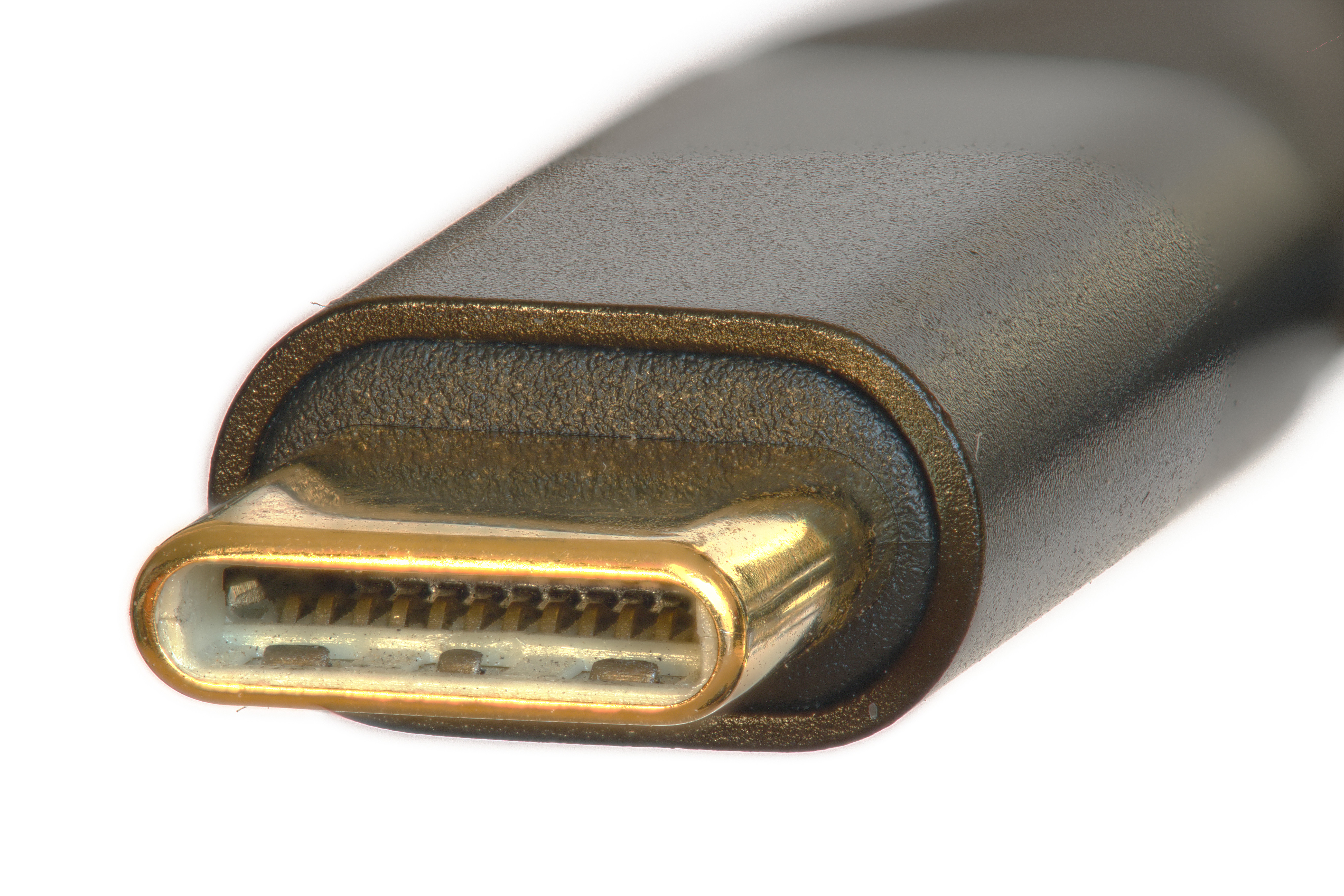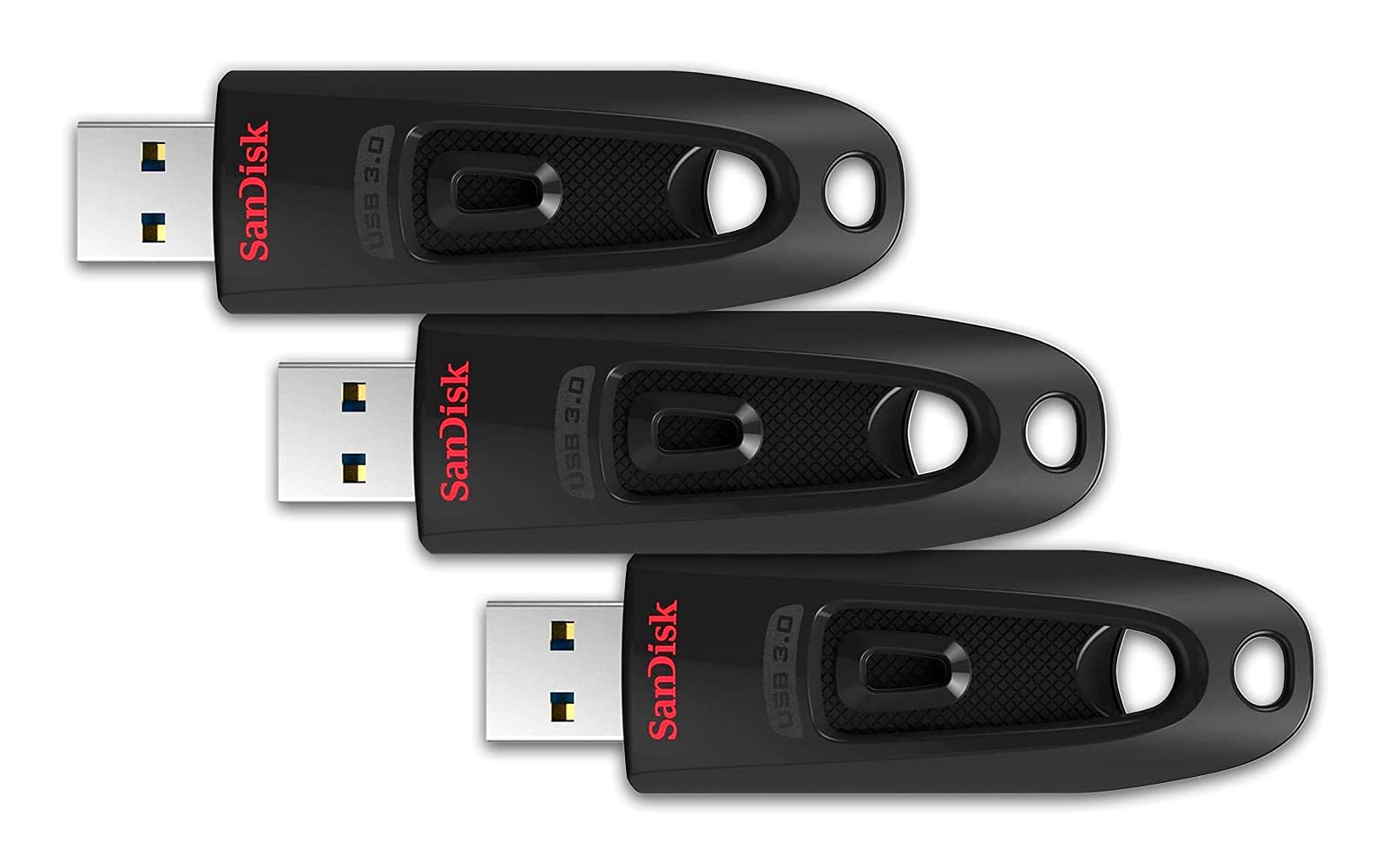Having trouble with a USB device not working on your Mac? Let’s dive into some troubleshooting steps to get it up and running again.
Troubleshooting Mac USB-C Devices

If you’re experiencing issues with your USB-C devices not working on your Mac, here are some steps to troubleshoot the problem:
1. Check the USB connection:
– Ensure that the USB cable is securely connected to both the Mac and the device.
– Try using a different USB cable or port on your Mac.
2. Restart your Mac:
– Sometimes, a simple restart can resolve minor software glitches.
– Click on the Apple menu and select “Restart” to reboot your Mac.
3. Reset the NVRAM/PRAM:
– This can help resolve issues related to settings stored in memory.
– Restart your Mac and immediately hold down the Option, Command, P, and R keys together until you hear the startup sound twice.
4. Update your Mac’s software:
– Ensure that your Mac is running the latest version of macOS.
– Click on the Apple menu, select “System Preferences,” and choose “Software Update” to check for updates.
5. Check for firmware updates:
– Visit the manufacturer’s website for your USB-C device and check if there are any firmware updates available.
– Follow the instructions provided to update the firmware.
6. Remove conflicting software:
– Some antivirus software or third-party applications may interfere with USB-C devices.
– Temporarily disable or uninstall such software and check if the issue persists.
7. Use a different USB-C hub or port:
– If you’re using a USB-C hub or adapter, try connecting the device directly to your Mac’s USB-C port.
– Alternatively, try using a different USB-C hub or adapter to rule out any hardware issues.
Repairing Corrupted USB Flash Drives on Mac
- Step 1: Check the USB port and cable
- Inspect the USB port for any physical damage or debris
- Try using a different USB cable to connect the flash drive
- Test the flash drive on another Mac or computer to rule out port or cable issues
- Step 2: Restart the Mac and reconnect the flash drive
- Save any open files and close all programs
- Click on the Apple menu and choose “Restart”
- Once the Mac has restarted, plug in the flash drive again
- Step 3: Run Disk Utility to repair the flash drive
- Open “Finder” and go to “Applications” > “Utilities”
- Double-click on “Disk Utility” to launch the application
- In the left sidebar, select the corrupted flash drive
- Click on the “First Aid” tab and then click “Run”
- Wait for the process to complete and check if the flash drive is working
- Step 4: Format the flash drive if necessary
- Open “Disk Utility” as explained in Step 3
- Select the corrupted flash drive from the left sidebar
- Click on the “Erase” tab
- Choose a suitable format (e.g., exFAT, FAT32) and provide a name for the drive
- Click “Erase” to format the flash drive
- Step 5: Use specialized data recovery software
- If the flash drive is still not working or you need to recover important data, consider using data recovery software
- Research and select a reputable data recovery tool compatible with Mac
- Follow the instructions provided by the software to recover data from the flash drive
Preventing External USB Drive Corruption
To prevent external USB drive corruption on your Mac, follow these steps:
1. Safely eject the USB drive before removing it from your Mac. This ensures that all data has been written and prevents any potential corruption.
2. Avoid using extension cords or USB hubs when connecting your USB drive. These can introduce power or connectivity issues that may lead to corruption.
3. Use a USB 3.0 port if available. USB 3.0 provides faster data transfer speeds and is less prone to corruption compared to older USB versions.
4. Regularly scan your Mac for malware using reliable antivirus software. Malware can corrupt files on your USB drive, so keeping your system clean is important.
5. Avoid disconnecting the USB drive while files are being transferred or accessed. Wait for any ongoing operations to complete before removing the drive.
6. Keep your Mac’s software up to date. Operating system updates often include bug fixes and improvements that can help prevent USB drive corruption.
7. If you experience frequent USB drive corruption, consider using a different USB port on your Mac or trying the drive on another computer. This can help identify if the issue is with the USB hardware or your Mac.
Resolving “Le disque que vous avez inséré n’était pas lisible par cet ordinateur” Error
If you encounter the error message “Le disque que vous avez inséré n’était pas lisible par cet ordinateur” (The disk you inserted was not readable by this computer) while trying to use a USB device on your Mac, there are several troubleshooting steps you can follow to resolve the issue.
1. Check the USB hardware: Ensure that the USB device you are using is functioning properly and compatible with your Mac.
2. Restart your Mac: Sometimes, a simple reboot can fix USB connectivity issues. Restart your Mac and try connecting the USB device again.
3. Check for software updates: Make sure your Mac’s operating system is up to date. Open the Apple menu, go to “System Preferences,” and click on “Software Update” to check for any available updates.
4. Try a different USB port: Connect the USB device to a different USB port on your Mac. This can help determine if the issue is specific to a particular port.
5. Use a different USB cable: If you have another USB cable available, try using it with the device to rule out any cable-related problems.
6. Reset the SMC: Resetting the System Management Controller (SMC) can help resolve various hardware-related issues. Follow Apple’s instructions to reset the SMC on your Mac.
7. Check for disk formatting issues: If the USB device is not formatted correctly, your Mac may not be able to read it. Use Disk Utility to check and repair any formatting errors.
8. Scan for viruses: Although Macs are generally less susceptible to viruses, it’s still worth scanning the USB device for any potential malware using a reliable antivirus software.
Recovering Lost Data from an Unreadable USB Drive
| Recovering Lost Data from an Unreadable USB Drive | |
|---|---|
| Problem: | USB Device Not Working on Mac |
| Solution: | Recovering Lost Data from an Unreadable USB Drive |
| Steps: | 1. Connect the USB drive to your Mac. |
| 2. Open Disk Utility from the Applications folder. | |
| 3. Select the unreadable USB drive from the left sidebar. | |
| 4. Click on the “First Aid” tab. | |
| 5. Click on “Run” to start the repair process. | |
| 6. Wait for the repair to complete. | |
| 7. If the repair is successful, the USB drive should be readable again. | |
| 8. If the repair fails or the drive remains unreadable, try using data recovery software. | |
| 9. Download and install a reputable data recovery tool. | |
| 10. Launch the software and follow the instructions to recover your lost data. | |
| 11. Once the data is recovered, consider formatting the USB drive to avoid future issues. | |






